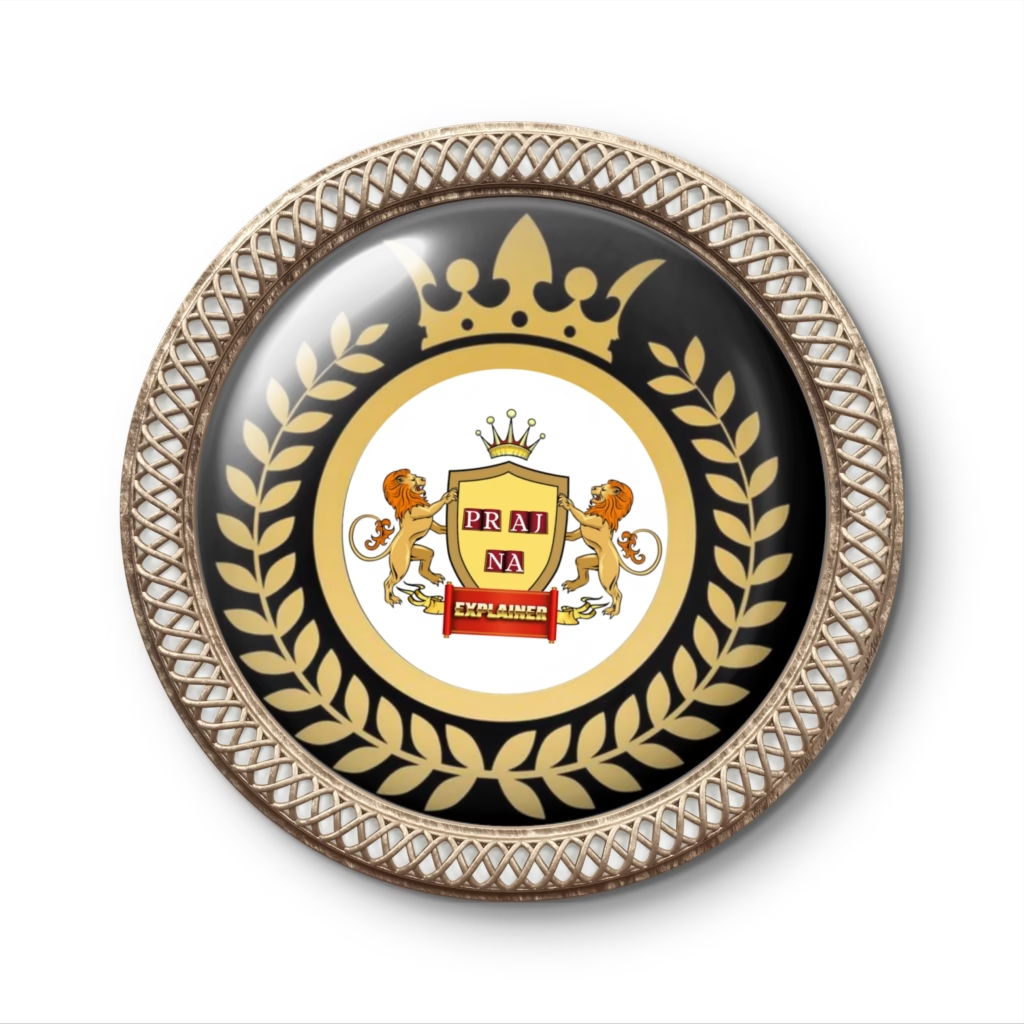-
Laayoune(El Aaiún)
Read More: Laayoune(El Aaiún)Here are detailed notes on Laayoune (El Aaiún), covering its geography, history, demographics, politics, economy, and cultural significance: 🗺️ General Overview Laayoune (Arabic: العيون, also transliterated as El Aaiún) is the largest city in the disputed territory of Western Sahara, which is mostly administered by Morocco but also claimed by the Sahrawi Arab Democratic Republic…
-
Aachen
Read More: AachenAachen, a historic city in western Germany, near the borders of Belgium and the Netherlands, is renowned for its rich cultural heritage, architectural marvels, and significance in European history. Founded by the Romans due to its thermal springs, Aachen gained prominence under Charlemagne, who made it the center of his empire in the late…
-
A priori and a posteriori
Read More: A priori and a posterioriCertainly! Here’s a detailed note on A priori and A posteriori, two fundamental concepts in epistemology (the theory of knowledge), philosophy, and logic: A Priori and A Posteriori Knowledge Introduction The terms a priori and a posteriori are Latin phrases used in philosophy to describe two different kinds of knowledge, reasoning, or justification: A Priori:…
-
A&P The Great Atlantic & Pacific Tea Company
Read More: A&P The Great Atlantic & Pacific Tea CompanyHere’s a comprehensive set of detailed notes on A&P’s store design, particularly covering changes and evolution in its store formats, layouts, and visual/functional elements from its peak through the Scott/Wood era (1975–2001) to its final years (2001–2015): 🛍️ A&P Store Design: Detailed Notes 🏛️ 1. Early Store Formats (Pre-1970s) Economy Store Model (1910s–1930s) Small footprint…
-
A Coruña
Read More: A CoruñaA Coruña is a port city in Galicia, Spain, known for its rich history, including Roman roots and the Battle of A Coruña (1809). It has a mild oceanic climate with frequent rain. The economy thrives on maritime trade, technology (home to Inditex), and tourism. Key attractions include the Tower of Hercules (UNESCO site),…
-
CHAPTER 22 CHEMICAL COORDINATIONAND INTEGRATION
Read More: CHAPTER 22 CHEMICAL COORDINATIONAND INTEGRATION22.1 EndocrineGlands andHormones22.2 HumanEndocrineSystem22.3 Hormones ofHeart, KidneyandGastrointestinalTract22.4 Mechanism ofHormone Action You have already learnt that the neural system provides apoint-to-point rapid coordination among organs. The neuralcoordination is fast but short-lived. As the nerve fibres do not innervateall cells of the body and the cellular functions need to be continuouslyregulated; a special kind of coordination and…
-
CHAPTER 21 NEURAL CONTROL ANDCOORDINATION
Read More: CHAPTER 21 NEURAL CONTROL ANDCOORDINATION21.1 Neural System21.2 Human NeuralSystem21.3 Neuron asStructural andFunctional Unitof NeuralSystem21.4 Central NeuralSystem21.5 Reflex Actionand Reflex Arc21.6 SensoryReception andProcessing As you know, the functions of the organs/organ systems in our bodymust be coordinated to maintain homeostasis. Coordination is theprocess through which two or more organs interact and complement thefunctions of one another. For example, when we…
-
CHAPTER 20 LOCOMOTION AND MOVEMENT
Read More: CHAPTER 20 LOCOMOTION AND MOVEMENT20.1 Types ofMovement20.2 Muscle20.3 Skeletal System20.4 Joints20.5 Disorders ofMuscular andSkeletal System Movement is one of the significant features of living beings. Animals andplants exhibit a wide range of movements. Streaming of protoplasm inthe unicellular organisms like Amoeba is a simple form of movement.Movement of cilia, flagella and tentacles are shown by many organisms.Human beings can…
-
CHAPTER 19 EXCRETORY PRODUCTS ANDTHEIR ELIMINATION
Read More: CHAPTER 19 EXCRETORY PRODUCTS ANDTHEIR ELIMINATION19.1 HumanExcretorySystem19.2 Urine Formation19.3 Function of theTubules19.4 Mechanism ofConcentration ofthe Filtrate19.5 Regulation ofKidney Function19.6 Micturition19.7 Role of otherOrgans inExcretion19.8 Disorders of theExcretorySystem Animals accumulate ammonia, urea, uric acid, carbon dioxide, waterand ions like Na+, K+, Cl–, phosphate, sulphate, etc., either by metabolicactivities or by other means like excess ingestion. These substances haveto be removed totally…
-
CHAPTER 18 BODY FLUIDS AND CIRCULATION
Read More: CHAPTER 18 BODY FLUIDS AND CIRCULATION18.1 Blood18.2 Lymph (TissueFluid)18.3 CirculatoryPathways18.4 DoubleCirculation18.5 Regulation ofCardiac Activity18.6 Disorders ofCirculatorySystem You have learnt that all living cells have to be provided with nutrients, O2and other essential substances. Also, the waste or harmful substancesproduced, have to be removed continuously for healthy functioning oftissues. It is therefore, essential to have efficient mechanisms for themovement of these…

